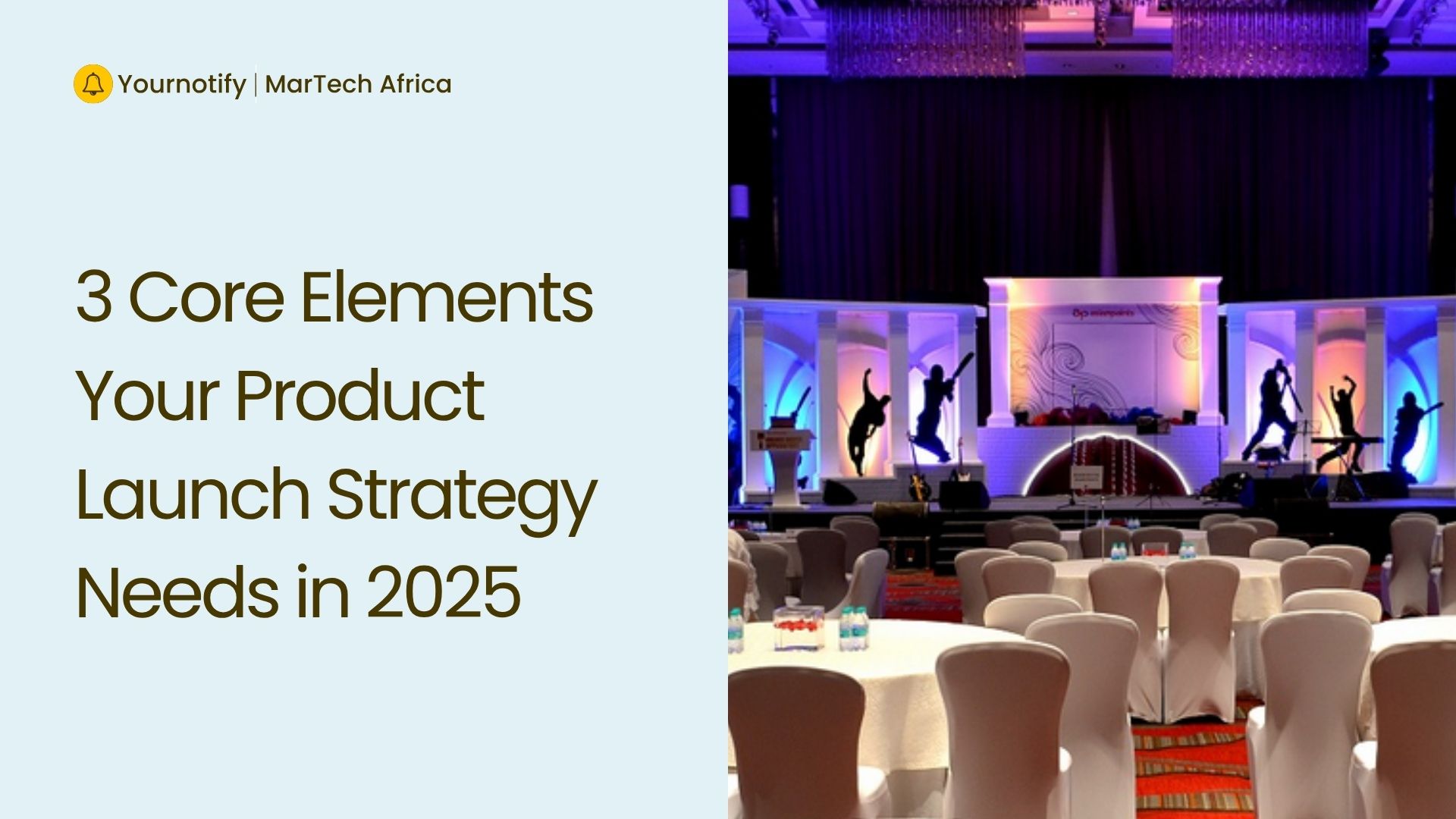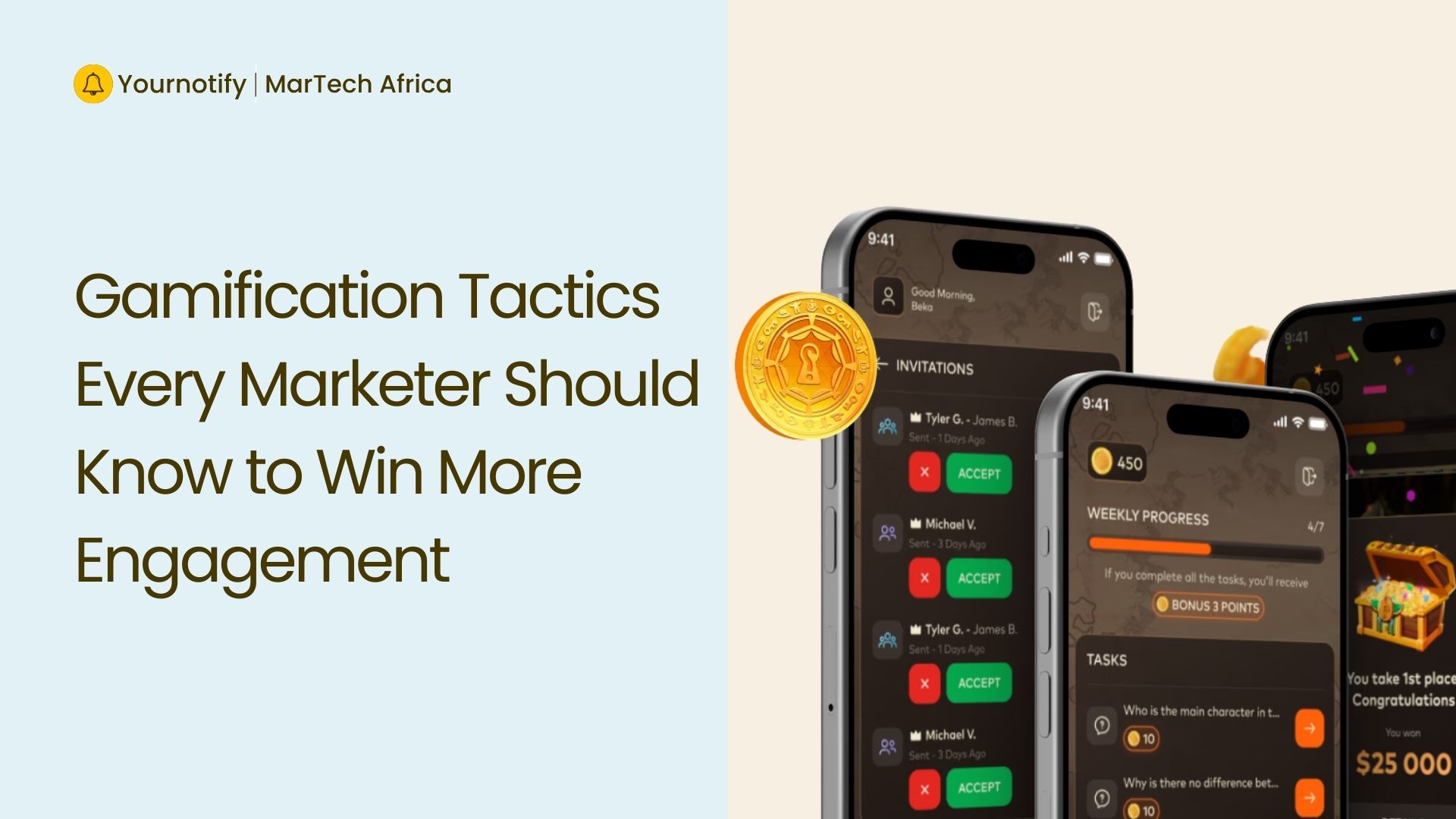If you’re building or marketing a brand in Africa today, social media has become the…

3 Core Elements Your Product Launch Strategy Needs in 2025
Launching a product in today’s noisy and competitive market especially in Nigeria’s fast-evolving digital economy takes more than a good idea and a few social media posts. If you’re a startup introducing your first product or an established brand releasing a new feature, your product launch strategy can make or break your success.
So what separates a launch that gains traction from one that becomes irrelevant?
Here are three core elements every successful product launch strategy needs, especially if you’re launching in a high-stakes, high-potential market like Nigeria.
1. Clarity
The first and most overlooked element of any strong product launch is clarity. This means being absolutely clear on:
- Who you’re launching to
- What problem you’re solving
- Why your solution is better or different from that of your competitors
In Nigeria, where consumers are value-driven and skeptical of hype, you need to speak directly to pain points. If you’re launching a fintech app, say how it reduces transfer delays. If you’re releasing a skincare brand, explain how it addresses hyperpigmentation or affordability.
Statistics have shown that 65% of Men are early adopters of new products, while 59% of late adopters are women. Build customer personas, run quick surveys, or even test messaging in WhatsApp groups or market stalls.
2. Coordination
A successful product launch is not planned in one day, it’s a well-orchestrated campaign that unfolds across multiple touchpoints and timeframes. Every element, from your messaging to your execution, must be coordinated to build anticipation, deliver impact, and sustain momentum.
Some of these important touch point includes:
Marketing Channels
Utilize a mix of digital and offline marketing channels to ensure widespread visibility and engagement. Your campaign should integrate:
- Social Media: Run countdowns, teaser videos, behind-the-scenes content, live Q&As, and influencer collaborations across platforms like Instagram, Twitter/X, LinkedIn, and TikTok.
- Email Marketing: Create segmented email flows for different audience groups—existing customers, early adopters, media contacts—with exclusive previews, launch announcements, and post-launch updates.
- Influencer Partnerships: Collaborate with relevant creators (tech experts, lifestyle influencers, micro-influencers) to build credibility and excitement.
- Public Relations (PR): Secure media coverage in trusted publications and blogs. Prepare press kits, pitches, and launch-day interviews.
- Offline Activations: Depending on your target audience, consider in-person experiences like product demos, pop-up events, or branded giveaways.
Internal Team Alignment
Your internal teams must be in sync to support every phase of the launch:
- Sales: Equip your sales team with pitch decks, FAQ sheets, and limited-time offers to close early deals.
- Customer Support: Prepare your support team for increased inquiries. Offer training on new features, setup instructions, and potential troubleshooting.
- Product Team: Be ready to monitor performance, collect feedback, and roll out quick fixes or improvements.
- Marketing & Comms: Ensure consistent messaging across all materials and platforms.
- Operations & Logistics: Confirm that stock levels, delivery timelines, and backend systems are fully ready to handle demand.
Timeline Planning
Your launch campaign should be mapped out in three key phases:
Pre-Launch (Building Anticipation):
- Announce the product name or concept.
- Tease features through mystery posts or early access invites.
- Start influencer and PR seeding.
- Open waitlists or early bird sign-ups.
Launch Day (The Main Event):
- Host a virtual or physical launch event.
- Push major announcements across all platforms.
- Encourage live engagement using hashtags or real-time giveaways.
- Deploy press releases and influencer reviews.
Post-Launch (Sustaining Momentum):
- Share testimonials, case studies, and social proof.
- Roll out targeted ads based on early user behavior.
- Highlight user-generated content and continued influencer support.
- Offer limited-time promos to capture undecided leads.
Without coordination, you risk confusing your audience or missing the moment. The best launches feel planned out, not scattered.
3. Consistency
One of the biggest mistakes brands make is going all in for launch day, and then disappearing.
Your Product launch strategy should include a post-launch plan that maintains visibility, supports new users, and builds trust. This might involve:
- Weekly follow-up content (how-tos, user stories, behind-the-scenes)
- Active customer support (especially on Twitter and WhatsApp)
- User feedback loops to improve and iterate quickly
- Retargeting ads and email campaigns to stay top of mind
In Nigeria, where trust is earned over time, consistency is the key to adoption. People want to see that you’re not just chasing clout, you’re here to stay.
A successful product launch isn’t about going viral for a day. It’s about building momentum, meeting real needs, and staying top of mind. In Nigeria’s vibrant but challenging market, flashy campaigns alone won’t cut it—you need depth, discipline, and follow-through.
Related Content


